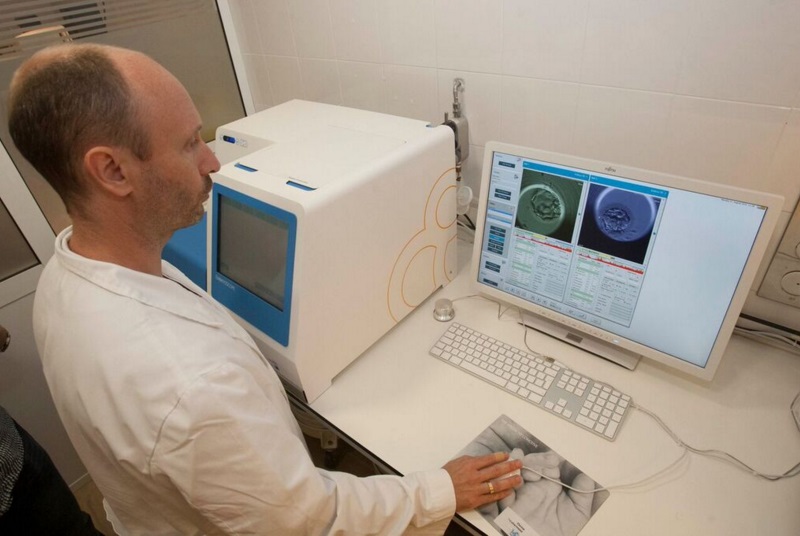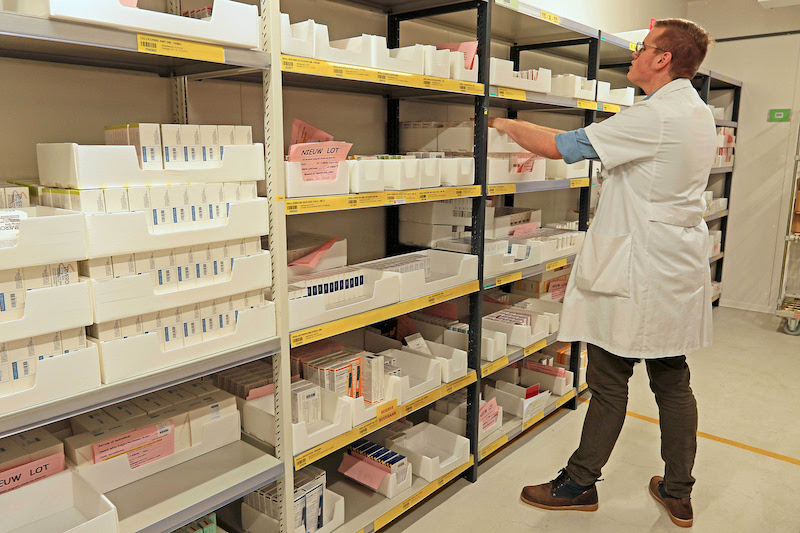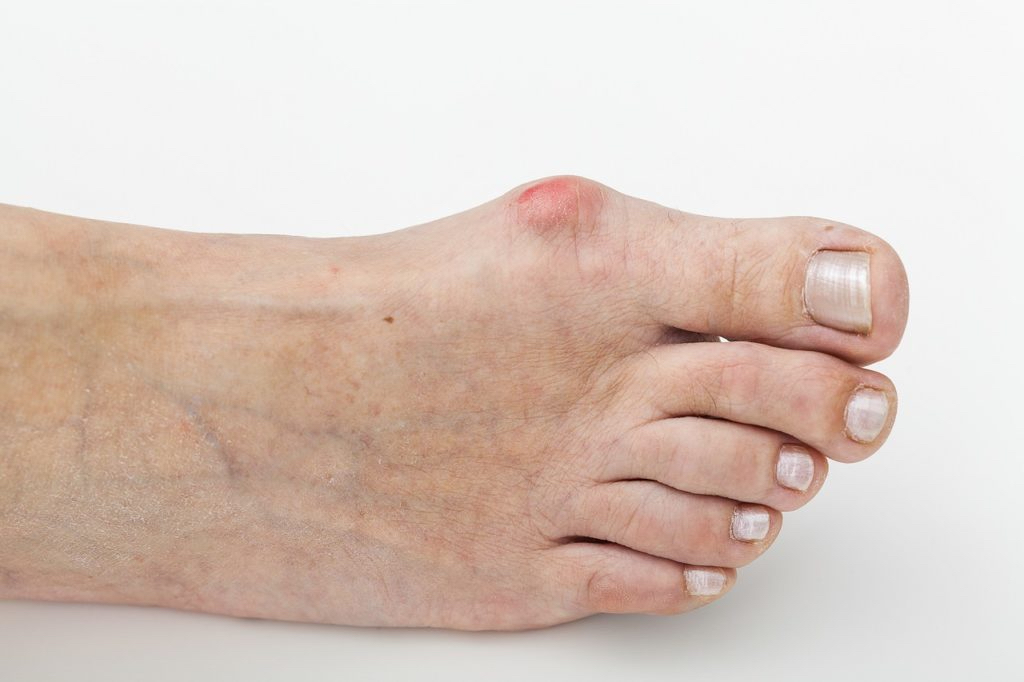
Jose López Gálvez: “Our goal is to break the barrier of infertility”
The UR Group, present in different parts of Spain, performs about 10% of annual national interventions, and more than 8,000 annual reproduction treatments.
The UR Group, led by Dr. José Jesús López Gálvez, was created over 30 years ago in Vistahermosa Reproduction Unit. Today brings together nine inpatient infertility centers distributed by the Spanish geography, located in Alicante,Almería, Ceuta, Denia, Granada, Madrid, Málaga, Murcia and Zaragoza, and next year it will have its first international center in Mexico City.
The hospital location offers the safety of a structure of health care ; having one of the most important genetic units of our country; the firm commitment to teaching and research, and the massive investment in high technology. These clear and notable differentiators have positioned and have given a strong reputation, reflected in its success rates, which are above the published standards of the Spanish Fertility Society.
The UR Vistahermosa Group has consolidated in Spain with the completion of a 10% of national surgeries per year; i.e. over 8,000 annual reproductive treatments. “Optimize diagnosis and help reach the highest percentage of success is what justifies equipping our units with the latest technological equipment” because, says López Gálvez, “our goal is to break the barrier of infertility.”
Infertility: Time-lapse and genetic studies
The director of Vistahermosa Reproduction Unit stresses that with the investment in professional knowledge and advanced technological equipment, they seek to identify the embryo with greater implantation assurance and the subsequent regular and evolutionary pregnancy. “This is the real success in Reproductive Medicine” he stresses. The specialist explains that “the sophisticated time-lapse technology and genetic studies provide valuable information to perform accurately a viable embryo selection and enables the possibility of having a healthy baby at home.”
The Vistahermosa Reproduction Unit has the Embryoescope and Eeva systems with which it continuously monitors and analyzes the evolution and morphology of embryos, with the aim of transferring the fittest one to the maternal womb. With this tool the center has managed to increase 20% the chance of pregnancy, placing its success rate at 85% and avoiding multiple births. “We are proud to offer our patients the best technical tools in the field of world reproductive medicine.”
Embryo selection provides valuable information to identify healthy embryos for a viable, ongoing pregnancy accurately
Infertility problems are also often associated with chromosomal abnormalities due to delayed maternal age. “The current scientific advances in genetics get to cancel the adverse effects of age in 90% of cases, “he says. Therefore, advice and genetic studies at all stages, preconception, prenatal and pre-implantation, are now essential to assisted reproduction.
López Gálvez noted that genetic studies as the karyotype in blood, sperm FISH (chromosome abnormalities), compatibility analysis and preimplantation genetic diagnosis (PGD) among others, are an option to consider in couples at high risk of transmitting genetic abnormalities to their children.




